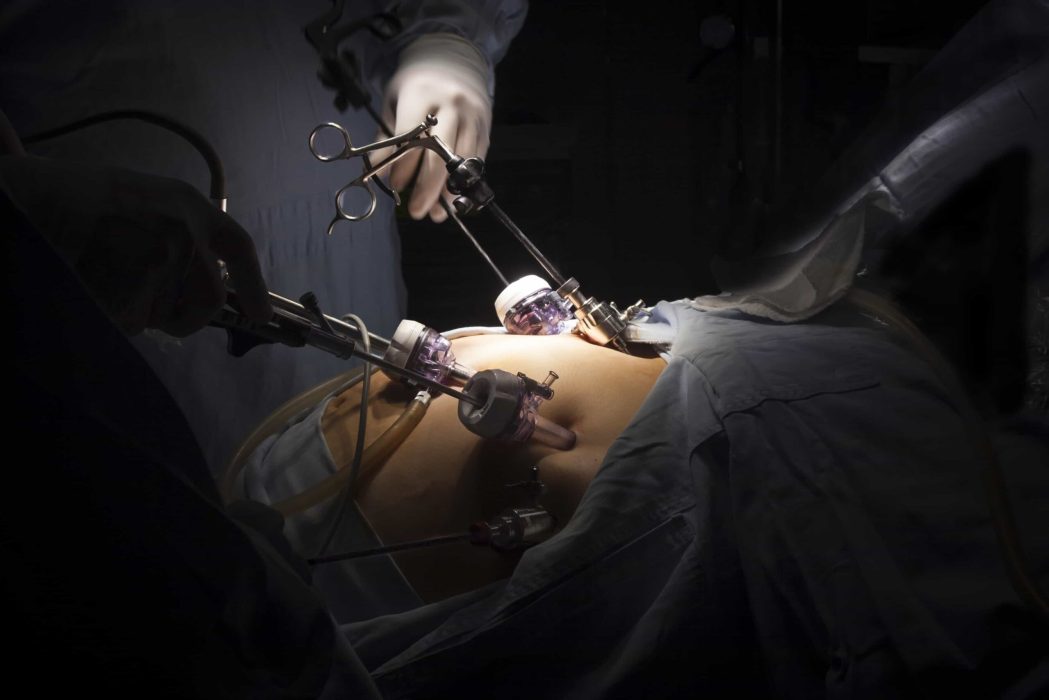The importance of revisional bariatric surgery to continue a healthy life
Bariatric Surgery has very good results in reducing weight and is an effective solution for the patient who has tried other forms of weight loss, but without success. However, even after the surgical procedure, the situation can become worrying again, with regaining of weight, deficiency of substances important for the organism or other complicating factors.
The need arises, then, for revisional bariatric surgery, whose main objective is to repair the problem that is contributing to the return of obesity to the patient and other ills related to health, diabetes or malnutrition.
Revisional gastroplasty is a method used to help those patients who had a problem after performing bariatric surgery, as a result below expectations and / or objectives or even a more serious complication. There are some situations in which the doctor who specializes in obesity may request a review.
However, these are specific cases and need to be analysed with the help of a multidisciplinary team, which will investigate what are the causes of the problem and the need to choose another surgical procedure.
In this way, the patient is subjected to a new surgical technique to improve his or her quality of life, repair any possible flaws that have occurred and, also, to reverse the clinical condition of a disease or health problem.
We now present the most used procedures in obesity revision surgery.





